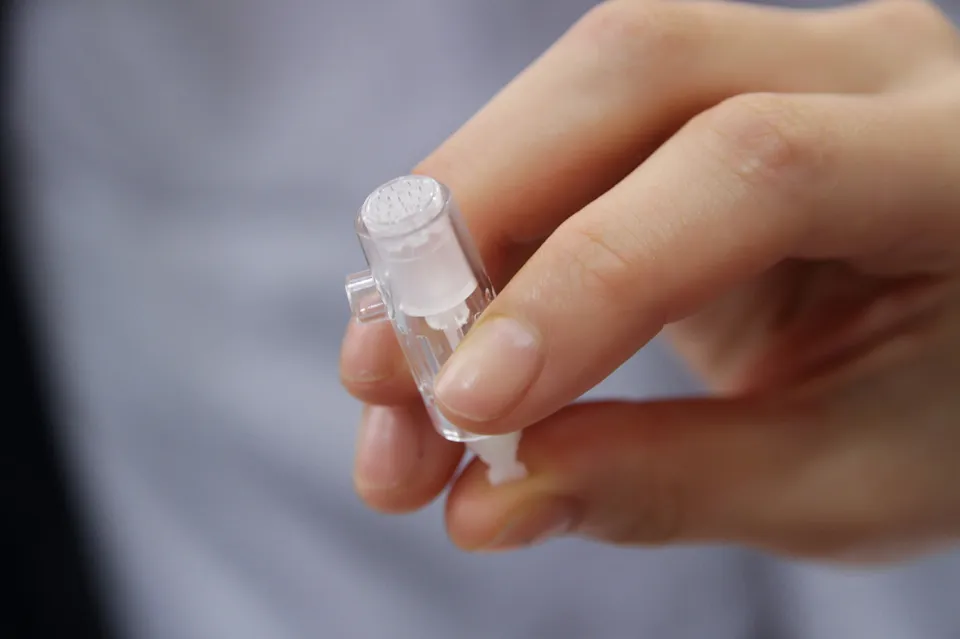
How Often Should You Microneedle – Microneedling at Home
One of the main questions that our aestheticians get asked is “How often ought I to undergo microneedle procedures?” It’s a typical query that a lot of people are interested in! Of course, the answer varies depending on your skin type, age, and the outcomes you desire.
You should receive at least 3–4 microneedle treatments spaced out every 4–6 weeks in order to see results.
How Often Should You Do Microneedle Treatments?
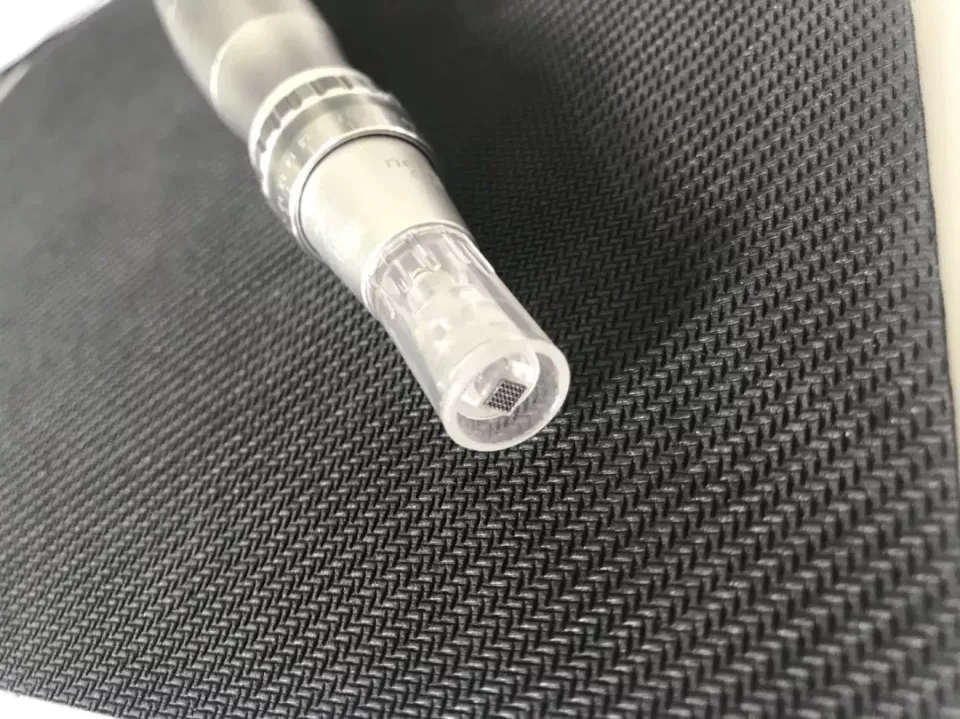
As a general rule, microneedle treatments can be performed safely every 4 to 6 weeks or once per month. The majority of patients with all skin types respond best to this frequency of microneedling, but some patients discover that their skin and their aesthetic goals respond better to microneedle more or less frequently than this range.
To get the most benefit for your skin’s health and beauty, we’ll be happy to help you choose the best frequency for your treatments.
How Does Microneedling Work?
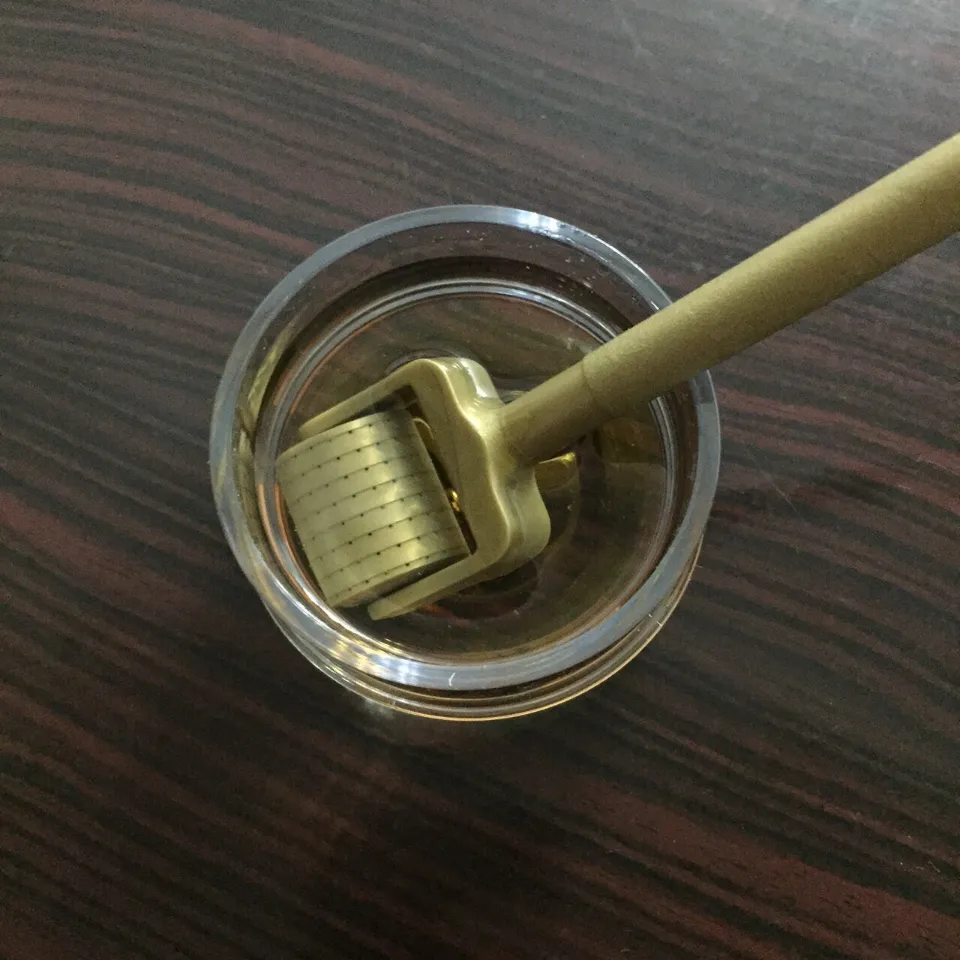
Microneedle is a versatile, minimally invasive cosmetic procedure used to address a wide range of surface skin issues, such as anti-aging, scar reduction, and general skin health. But how does it work?
This procedure uses a tool that causes a series of minute punctures in the skin’s surface, much like being poked by a needle. However, a skillfully performed microneedle procedure can give your skin the Cinderella makeover it requires, as opposed to giving it the Sleeping Beauty treatment from these needles.
How Long Does It Take to See Results?
In general, once a patient has passed the initial healing stage, they can start seeing results. You will see an immediate improvement in your skin’s tone and texture within one to three days of your treatment, most notably a healthy glow to the skin’s surface. The outcomes you seek, though, might not always show up right away. Here are the different times you can expect:
For Anti-Aging
Usually, it takes three treatment sessions—or even as little as three to four weeks—before fine lines, wrinkles, dark spots, and skin laxness are corrected. As long as you receive regular treatments, you will see an improvement in the tightness of your skin, which will last.
For Scar Reduction
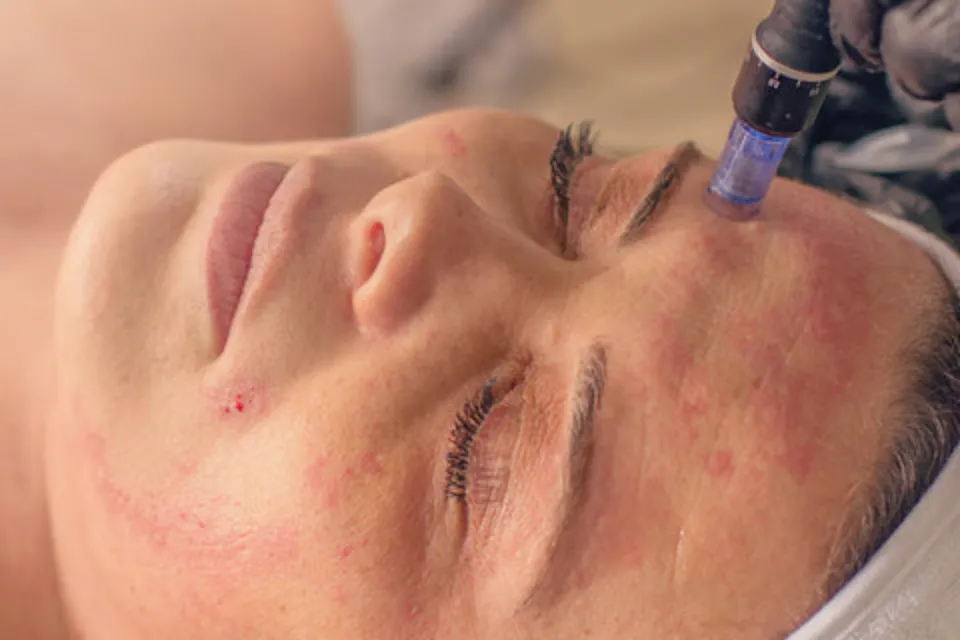
Because smoothing scars requires more work from the skin, the reduction of scars may take longer to become apparent. It typically takes 3 to 6 treatment sessions for a patient to completely reduce their scarring. However, between your initial appointment and the desired results, you will gradually notice an improvement in the texture of the scars, typically 6 to 8 weeks after your initial appointment. It will take some time for your scars to fade and soften.
For General Skin Health
The quickest results are those related to general skin health. You will see a difference in tone and texture in as little as 7 to 14 days after your initial appointment, in addition to the immediate results of healthier-looking skin.
How Many Treatments Should You Get?
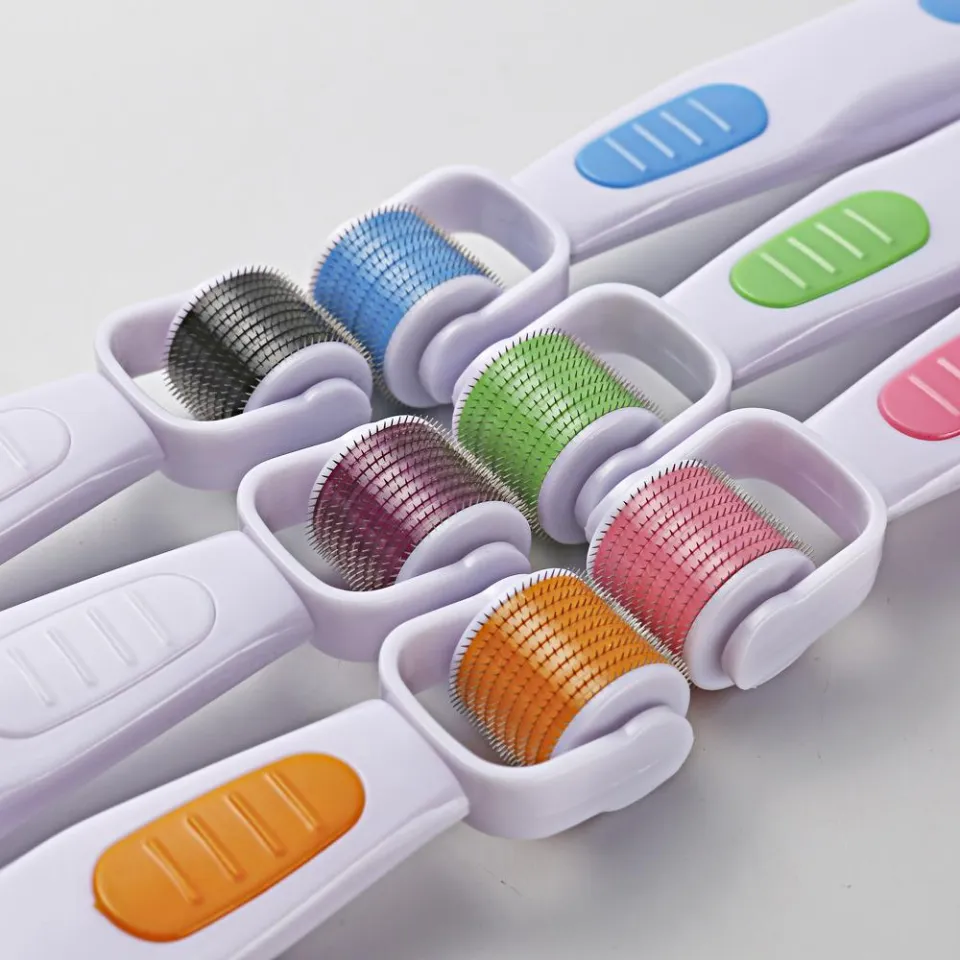
You should plan on starting with three sessions, though a lot will depend on what you’re treating. If you’re attempting to address issues like deep scarring, up to six or even eight sessions might be required. This provides your skin with the time it needs to both heal and go through its normal process of cell turnover. After the first session, you’ll probably notice only flimsy results, but it’s crucial to continue with the process to make sure those results last.
Plan on taking three sessions over the course of about four months, including the healing period. Accept that it will take time and you might need more than three sessions because this is a treatment that gently works with your body to restore your skin to its previous condition. It will probably take longer than that if you’re using it for deep scarring to get the best results.
What Can Microneedle Help?
1. Scars
Although no one likes stretch marks, did you know that they are actually a type of scar? Skin areas with flat or pitted scars didn’t produce enough collagen during the healing process. As a result, the skin cannot be properly supported under them to hold them up. The micro-tears instruct the body to produce more collagen in that area, giving it the support it needs while also reducing the prominence of the scar by smoothing the skin around it. It has also been demonstrated to lessen scars from other conditions, such as acne. (Read More: Can You Tattoo Over Stretch Marks)
2. Fine Lines and Loose Skin
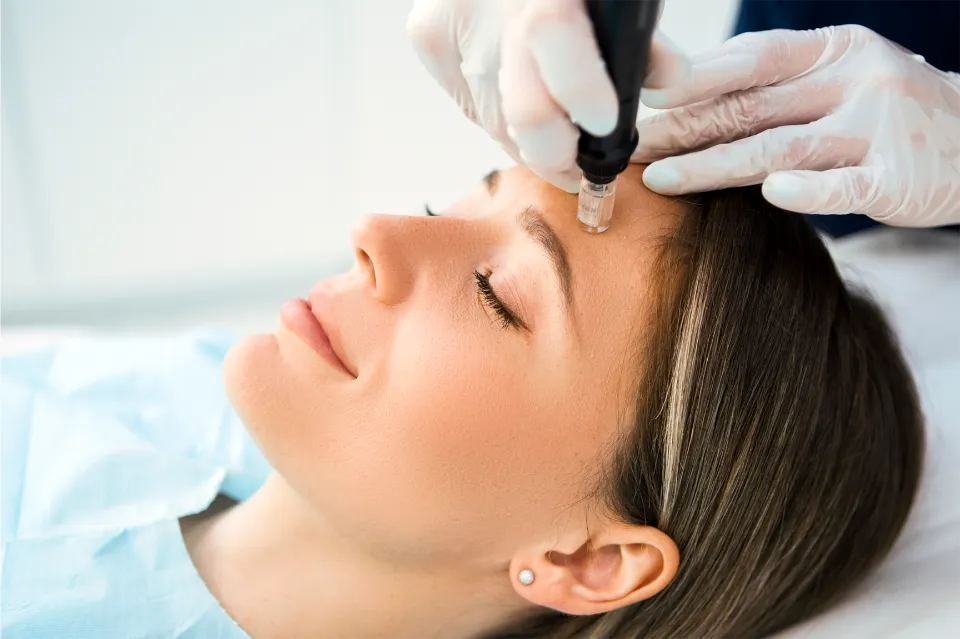
As we get older, many of us worry about having loose skin, especially on the neck and face. Because our bodies gradually produce less collagen, the structure of our skin deteriorates. This causes wrinkles and uneven skin texture, but it is also the cause of sagging skin, which is most noticeable. The smoothness is restored to when you were young by increasing the collagen just beneath the skin’s surface.
3. Uneven Skin Tone
The procedure does more than just instruct your skin to make more collagen. It promotes all cellular renewal and growth. This is a normal bodily function that, like collagen production, declines with aging. Sadly, this is also the time when age spots brought on by hormone changes and sunspots begin to appear. However, hyperpigmentation can happen at any age, and these treatments are equally effective in those cases.
4. Acne
As bacteria spread from one breakout to another, acne may be the gift that keeps on giving. Oil surplus is a similar issue. The micro-needles can unclog pores, reducing the oil that contributes to breakouts while also reducing the size of your pores. It always employs sterile tools on your clean face to ensure that no bacteria spreads and worsens your acne. But if you have open sores or active breakouts, you should never get a session. (Read More: Acne Marks vs Acne Scars)
5. Hair Growth
Strong structural support is necessary for the growth of hair follicles. They get that from collagen, which micro-needling can help replenish when levels are low, as well as stimulate blood flow and cell growth to encourage the growth of new hair.
Can I Do This at Home?
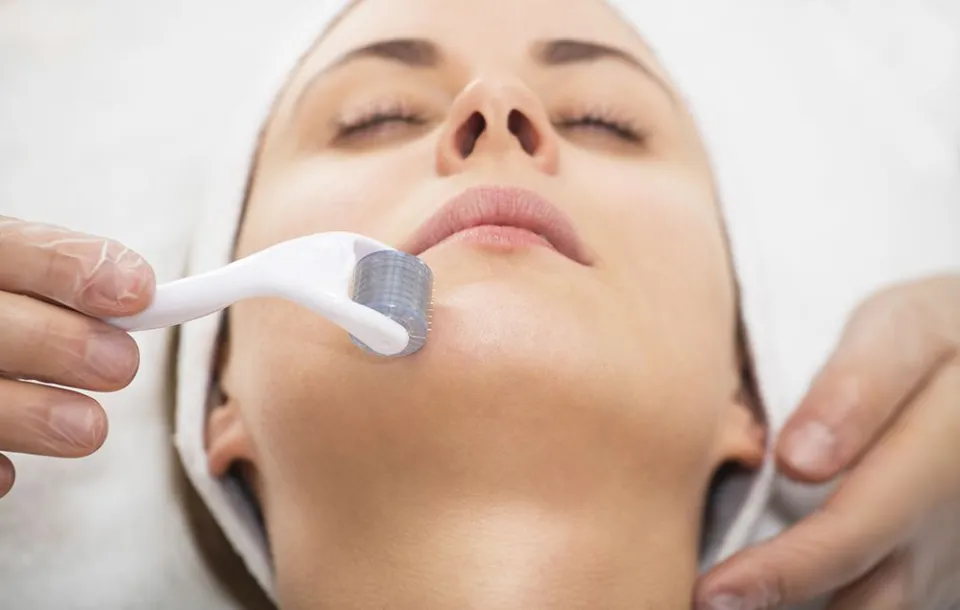
Derma rollers can be purchased for at-home use, but these are not the best options. Inappropriate use and a non-sterile environment can lead to bacteria, which can lead to infection. They can also cause skin damage. Regular sessions led by qualified professionals yield the best results.
When used, additional therapies like radio frequency needles can only be carried out in a clinic by a qualified practitioner. More microtears are made by radio frequencies heating the skin than by just using needles. This could make everything go more quickly.
Conclusion
Whatever the nature of your skin problem, a procedure like microneedle may be a good choice to help you meet all of your objectives. This treatment is a solid base for enhancing the general health and appearance of your skin, whether you use it alone or in conjunction with other facials.
FAQs
How Often Should You Microneedle at Home?
The length of the needles in your derma roller and the sensitivity of your skin will determine how frequently you receive treatments. You might be able to roll every other day if your needles are shorter; however, if they are much longer, you might need to space out your treatments every three to four weeks.
Can You Microneedle Too Often?
If microneedling is performed too frequently, the skin will heal more slowly and will produce more pigmentation and inflammation.
Can I Microneedle Every 2 Weeks?
As a general rule, microneedling treatments can be performed safely every 4 to 6 weeks or once per month.
How Long Should You Wait Between Microneedling?
It’s crucial to allow enough time for your skin to heal between treatments because a significant portion of microneedling’s advantages come from repairing the damage that was inflicted. Make sure your sessions are separated by four to six weeks.


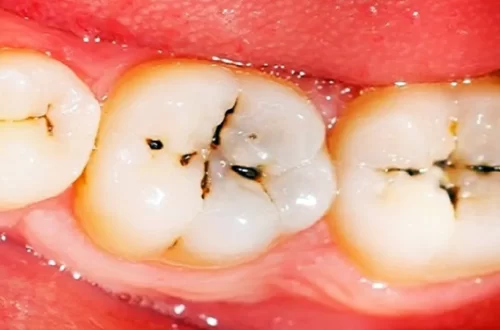
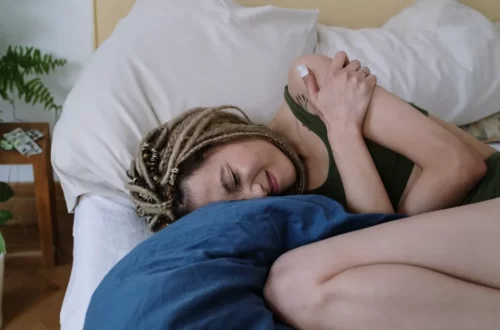

Average Rating